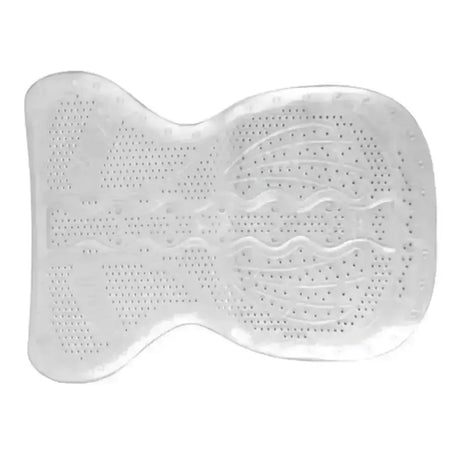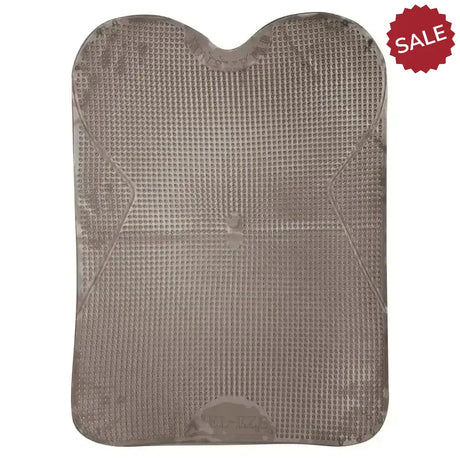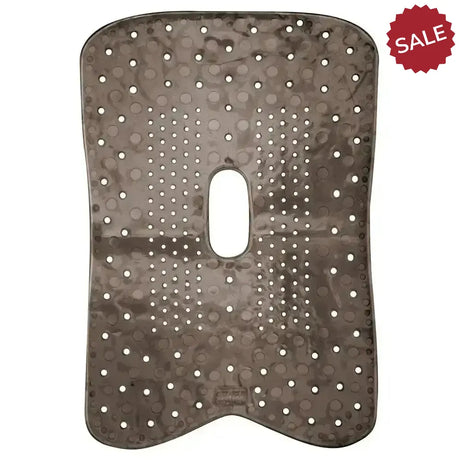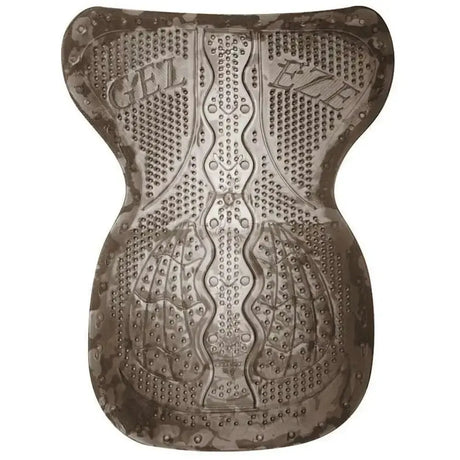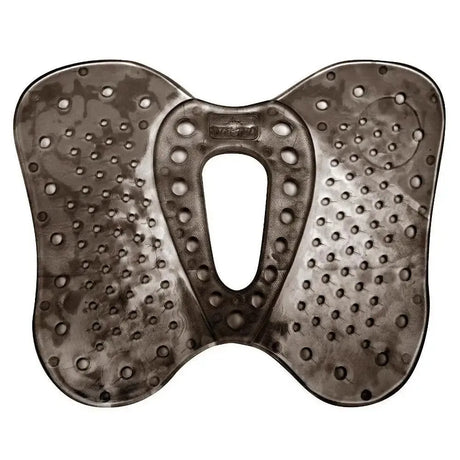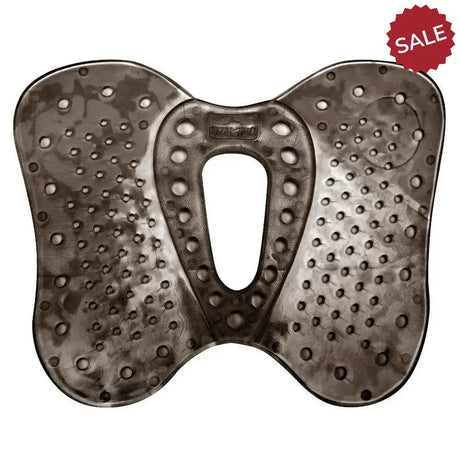Corrective Saddle Pads
Corrective Saddle Pads are specialized saddle pads designed to address and correct issues with saddle fit, ensuring that the saddle sits more comfortably and evenly on the horse's back. These pads can help balance the saddle. They relieve pressure points and offer extra support. This is especially useful for horses with uneven muscles or back problems. They are also helpful when the saddle does not fit quite right.
Key Features of Corrective Saddle Pads:
-
Shims and Inserts:
-
Shims: These are small, removable padding inserts that allow riders to customize the amount of support in specific areas. Shims are usually put in pockets in the pad. They can be adjusted to raise or lower the saddle at the front, middle, or back.
-
Adjustable Fit: Shimmable pads provide a custom fit. This is great for horses with uneven muscle, changing body shapes, or those switching saddles.
-
Materials:
-
Memory Foam: Conforms to the horse’s body and saddle shape over time, providing excellent pressure distribution.
-
Gel: Provides shock absorption and prevents slippage while offering consistent support. Gel pads are often lightweight and easy to clean.
-
Wool or Fleece: These materials help wick moisture and provide extra cushioning and comfort. Wool, in particular, is known for its ability to distribute pressure evenly.
-
Neoprene: A synthetic rubber often used for its durability, shock absorption, and non-slip properties.
-
Pressure Relief:
- Corrective pads are often designed to relieve pressure in areas where the saddle may not fit properly. This helps prevent issues like back soreness, muscle atrophy, or the development of pressure points that can cause discomfort to the horse.
-
Common Uses:
-
Saddle Fit Issues: When a saddle is too wide, narrow, or doesn't perfectly fit a horse's back, a corrective pad can help fill in gaps or lift the saddle to provide a more balanced fit.
-
Changing Horses: Riders who use the same saddle for different horses may find corrective pads helpful. These pads allow for quick adjustments without needing to buy a new saddle.
-
Horses with Asymmetry: Some horses naturally develop muscle asymmetry, meaning one side of their body is more developed than the other. Corrective pads can help balance the saddle on these types of horses.
-
Balance and Stability:
- Corrective pads help maintain the balance of the saddle, which ensures better rider position and enhances the horse's movement. An imbalanced saddle can throw off the rider’s posture, leading to discomfort for both horse and rider.
-
Different Styles:
-
Half Pads with Shims: These are placed directly under the saddle and include pockets for shims, making them an ideal choice for riders who need targeted adjustments.
-
Full Saddle Pads with Adjustable Areas: Full-size pads that cover more of the horse's back and often come with multiple sections where shims can be added or removed.
-
Western Corrective Pads: These are specifically designed for western saddles and are typically thicker, providing full back coverage with areas for adjustment.
Popular Brands of Corrective Saddle Pads:
-
Thinline: Known for its shimmable half pads that offer excellent shock absorption and customizability.
-
Mattes: Famous for its wool-lined half pads that come with adjustable shims, providing both comfort and correction.
-
Ogilvy: Offers memory foam half pads with the ability to add shims for custom fitting, highly favored for their comfort and adjustability.
-
Acavallo: Known for their gel and memory foam designs that provide corrective support while remaining lightweight and non-slip.
-
LeMieux: Offers a wide range of half pads and corrective pads with options for shim adjustments.
When to Use Corrective Saddle Pads:
-
Temporary Saddle Fit Issues: If a horse is recovering from an injury or muscle development changes, corrective pads offer a flexible solution.
-
Rider Balance: If the rider is noticing that they are consistently leaning forward, backward, or to the side, a corrective pad can help even out the saddle's balance.
-
Transitioning to a New Saddle: If you are looking for a new saddle and need a quick fix, corrective pads can help.










